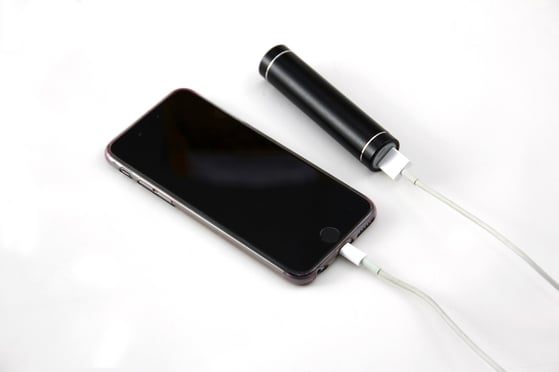Back to articles
Ultra Low Power: Separating hype from reality

The phrase ‘Ultra Low Power’ gets thrown around a lot in IoT circles these days. It’s a useful descriptor in some cases, but mostly it’s nothing more than a buzzword that can be ignored in the product development process. Let’s look at why.
What is Ultra Low Power?
The problem immediately starts to become clear when we try to define what is meant by the term.
Visit our resource page on wireless connectivity
In some cases, it means peak power usage below 10 milliamps but in others it means ten times that. There’s no standardized definition of what the term means, so everyone is free to use it however they want.
To even start to be useful, it would need an independent standard and a set of benchmarks, but even with those, there are still other problems to overcome.
Power consumption is a moving target. Efficiency is being improved all the time, even in existing technologies. If we decide that Bluetooth low energy is the epitome of ‘Ultra Low Power’, what happens if someone invents a technology with a fraction of its power use? Do we reclassify everything else or do we start to go down the road of ‘Super Ultra Hyper Low Power’?!
How is power measured?
Another major problem is that it’s not clear what to measure to give a useful comparison. It might be useful to measure the amount of current drawn at peak usage. This will certainly give us an idea of what type of battery the product needs. Another useful measure might be power efficiency – how much power is used to transfer a certain amount of data.
For transferring lots of data, this comparison will tell you that Wi-Fi is the most power efficient. What it won’t tell you is that Wi-Fi uses nearly the same amount power whether it’s transferring a single bit or 100 Mbit
There are so many variables to power usage that measuring them all and somehow coming up with a magic number that expresses a comparison would be impossible.
Is it useful?
Even if we could decide what to measure, work out how to measure it and come up with a set of benchmarks to define ‘Ultra Low Power’, would it even be that useful? The major issue is that we’re not comparing like with like.
If you’re moving to a new home you look at the size of the vehicle, not at the efficiency of the engine. A motorbike gets great fuel economy but it won’t get your life’s possessions very far! Ultra Low Power means one thing when applied to Bluetooth and another when applied to Wi-Fi. But if you’re trying to stream HD video then no amount of power will make Bluetooth the right technology!
The question we really want an answer to is ‘How long will it run on a coin cell battery?’. This brings the problem into full focus. There is no way of answering this question without knowing exactly what it needs to do, how much data it needs to transfer and how often.
Average power consumption is what matters the most for your battery lifetime, unless your power source is current-limited. In that case, peak current consumption will be equally important.
> Read also: The importance of average power consumption to battery life
Design for the user, ignore the hype
Instead of worrying about ‘Ultra Low Power’ and other such hype, you need to design your product based around what your users will accept. Most people are willing to accept that they need to charge their phones at least once a day because in most cases people are never more than a day away from mains electricity. If they are they’re probably out in the wilderness, not caring whether their phone works or not!
They would, however, be rightly annoyed if they had to change the battery on their door locks every night before they went to bed, or put their thermostat on charge every morning before leaving for work.
Smart devices are intended to make people’s lives easier, not introduce them to an endless cycle of battery changing and charging. One of the main reasons why Bluetooth classic never spread beyond wireless audio in the way it was intended was the power usage.
High power usage means frequent battery changing/charging which negates the usefulness of having a wireless device in the first place.
The best way to ignore the ‘Ultra Low Energy’ hype is simply to design a product using the best technology possible to achieve your functional aims, then factor in your candidate power sources. That way you’ll know you have a great product, that does great things, that customers will love.


